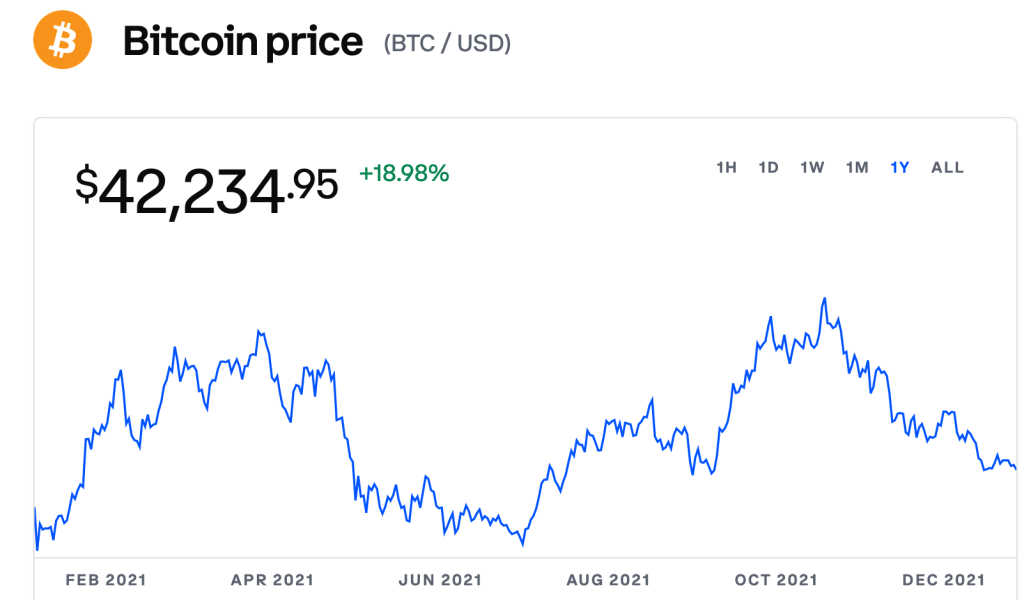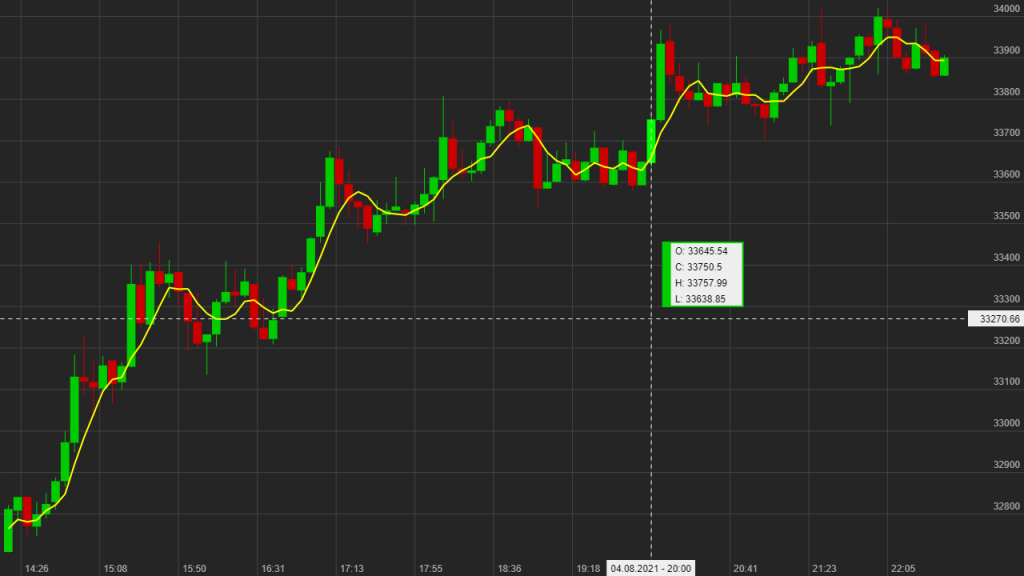
Cryptocurrency trading has been gaining more and more popularity in recent years. With the surge in the value of Bitcoin and other digital currencies, many people have become interested in learning about how to trade crypto. In this blog post, we will provide an introduction to crypto trading and explain the basics of analyzing a chart. We will also explain the terms “bullish” and “bearish” and provide tips for those who are interested in starting to trade crypto.
What is Crypto Trading?
Crypto trading involves buying and selling digital currencies in order to profit from their price movements. Unlike traditional currencies, cryptocurrencies are not backed by a government or central authority. They are decentralized, meaning that they are not controlled by any single entity. Instead, they rely on blockchain technology, which is a distributed ledger that records all transactions and ensures their security.
Crypto trading can be done on various platforms, including cryptocurrency exchanges, brokers, and peer-to-peer marketplaces. The most common way to trade crypto is by buying a digital currency with fiat money (such as USD or EUR) and then selling it when the price goes up. Traders can also profit from short-term price movements by buying and selling within a single trading session.
How to Analyze a Chart

The key to successful crypto trading is understanding how to analyze a chart. A chart shows the historical price movements of a digital currency and can help traders identify patterns and trends that can be used to predict future price movements. Here are the basic elements of a chart:
- Price: This is the vertical axis of the chart, which shows the price of the digital currency.
- Time: This is the horizontal axis of the chart, which shows the time period over which the price movements occurred.
- Candlesticks: Each candlestick on the chart represents a specific time period and shows the opening, closing, high, and low prices for that period.
- Indicators: These are tools that can be used to analyze the chart, such as moving averages, MACD, and RSI.

To analyze a chart, traders should look for patterns and trends that can be used to predict future price movements. Some of the most common patterns include:
- Support and Resistance: These are levels at which the price of a digital currency tends to bounce off or breakthrough.
- Trendlines: These are lines that connect the highs or lows of a trend and can be used to identify the direction of the trend.
- Chart Patterns: These are specific formations that can be used to predict price movements, such as head and shoulders, triangles, and double tops/bottoms.
Bullish vs. Bearish
Two terms that traders often use are “bullish” and “bearish”. A bullish market means that the price of a digital currency is rising and traders are optimistic about its future prospects. A bearish market means that the price is falling and traders are pessimistic about its future prospects.
Tips for Trading Crypto
If you’re interested in trading crypto, here are some tips to help you get started:
- Start with a small amount of money and gradually increase your investment as you gain more experience.
- Set a stop-loss order to limit your losses if the price of a digital currency falls.
- Use a variety of trading tools and indicators to analyze the chart and identify patterns and trends.
- Follow news and announcements related to the digital currencies you’re trading to stay informed about market developments.
- Be patient and don’t let your emotions guide your trading decisions.
Conclusion
Crypto trading can be a profitable and exciting way to invest in digital currencies. By learning how to analyze a chart and understanding the terms “bullish” and “bearish”, you can make informed decisions about when to buy and sell. With the right tools and strategies, you can start trading crypto and take advantage of the opportunities that this dynamic market has to offer. However, it’s important to remember that crypto trading is also risky and volatile, so it’s essential to take a cautious approach and never invest more than you can afford to lose.
Before you start trading crypto, it’s important to do your research and choose a reputable platform or broker. Look for a platform that is easy to use, has a strong security system, and offers a wide range of digital currencies to trade. You should also consider the fees and commissions charged by the platform, as these can eat into your profits over time.
In addition to choosing the right platform, you should also develop a trading strategy that works for you. Some traders prefer to focus on short-term price movements, while others take a more long-term approach. You should also consider your risk tolerance and adjust your strategy accordingly. For example, if you’re a conservative investor, you may want to focus on buying and holding digital currencies for the long term.
In conclusion, crypto trading can be a lucrative and exciting way to invest in digital currencies. By learning how to analyze a chart, understanding market trends, and following a solid trading strategy, you can make informed decisions about when to buy and sell. However, it’s important to take a cautious approach and never invest more than you can afford to lose. With the right tools, strategy, and mindset, you can start trading crypto and take advantage of the opportunities that this dynamic market has to offer.
